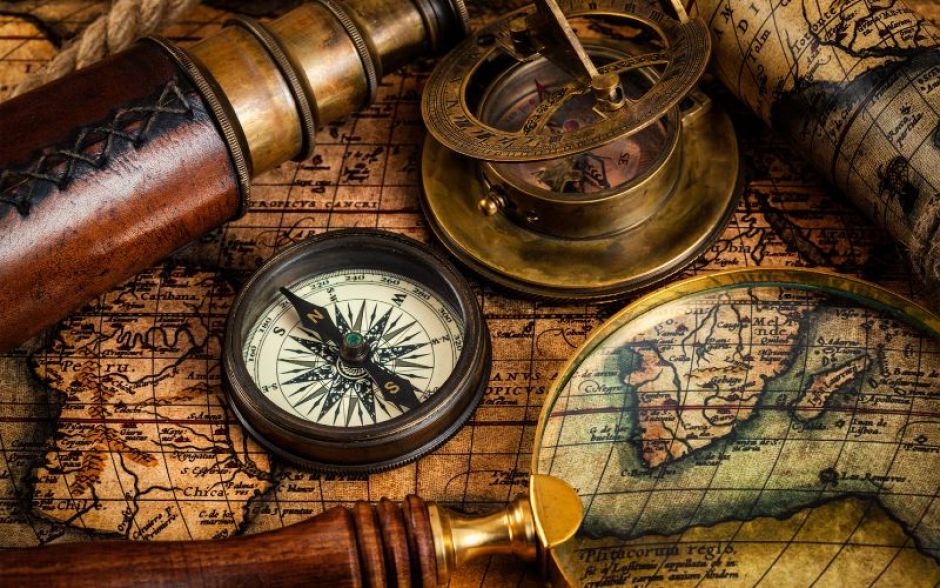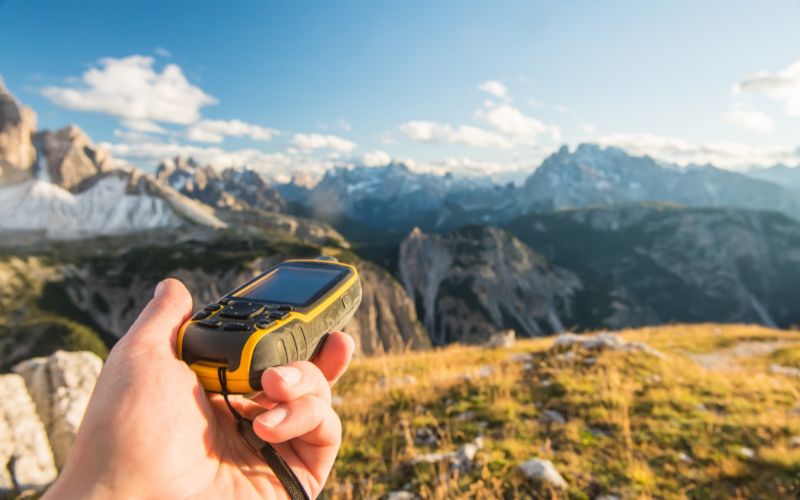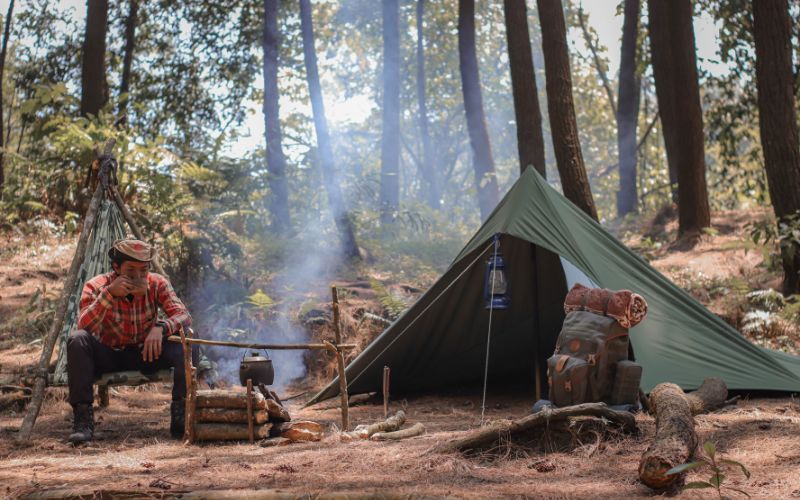
Navigation Tools : A Deep Super Dive into Trekking Essentials 2023
Embarking on a trekking journey, whether through dense, unfamiliar forests or across vast, uncharted mountain ranges, demands not only passion but also meticulous planning and the right gear. Frequently, the focus falls on physical equipment like tents, shoes, or attire. Yet, lurking in the shadows of these essentials are the unsung heroes: navigation tools. These instruments, from the time-tested compass to high-tech GPS devices, play an irreplaceable role in a trekker’s safety, direction, and overall experience. This guide provides an extensive look into the multifaceted world of navigation tools, emphasizing their critical importance and offering insights into their varied functionalities.

Table of Contents
The Timeless Classics: Traditional Navigation Instruments
- Maps:
- Topographic Maps: More than just sheets of paper, these maps detail terrain relief, presenting elevations, roads, water bodies, and vital landmarks. They become a trekker’s window into the land’s topography.
- Road Maps: While primarily focusing on highways and roads, these maps also spotlight urban landmarks, giving a broader view of an area.
- Compass:
- The beacon of old-school navigation, a compass is fundamental in determining cardinal directions.
- Its pairing with maps creates a holistic navigation system, especially when modern devices fail.
The Modern-day Mavericks: Advanced Navigation Tools
- GPS Devices:
- By tapping into satellite signals, these devices pinpoint a user’s exact location, transforming the trekking experience.
- They’re not just about location; they provide a wealth of data – altitude, longitude, latitude, and even potential routes.
- Smartphone Apps:
- The digital age brings trekking to smartphones. These apps offer offline maps, extensive trail databases, and even live-tracking.
- Integration with real-time weather services provides trekkers with crucial updates, especially in unpredictable terrains.
- Altimeters:
- In treks where altitude is a crucial factor, altimeters come into play.
- Today’s advanced trekking watches and GPS devices seamlessly integrate these, ensuring trekkers are always aware of their heights.

Journey through Time: The Evolution of Navigation Tools
- Ancient Epoch: Navigation once depended wholly on celestial bodies. The position of the sun, moon, and stars dictated directions.
- Renaissance & Beyond: The magnetic compass’s advent heralded a significant shift in navigation, rendering celestial navigation secondary.
- Industrial Revolution to 20th Century: Innovations led to radio-based systems, marking the dawn of electronic navigation.
- The Digital Era: Today, satellite-powered GPS systems, coupled with smartphone ubiquity, democratize precise navigation for everyone, everywhere.
Deciphering Your Needs: How to Choose the Right Navigation Tool
- Complexity of the Trek: While basic trails might only demand rudimentary tools, demanding and unfamiliar terrains necessitate advanced GPS devices.
- Endurance Matters: On prolonged treks, devices’ battery longevity becomes paramount. Always carry backup power solutions.
- Featherlight & Compact: Given the rigorous nature of trekking, navigation tools need to be lightweight and portable.
- Precision Above All: In isolated or challenging terrains, the accuracy of a navigation tool can be the difference between a successful trek and a perilous ordeal.

Mastering the Tools: Tips for Maximum Efficiency
- Dual Systems: Always have a plan B. Traditional maps and compasses should accompany electronic devices.
- Stay Updated: Periodically update electronic maps, ensuring comprehensive coverage of your trek’s region.
- Equip Yourself: Invest time in learning map-reading and compass navigation. Such skills are invaluable when electronics falter.
- Weatherproof Your Tools: Nature is unpredictable. Waterproof and durable containers can protect your tools, ensuring longevity.
Conclusion:
The significance of navigation tools in trekking transcends mere direction. They are lifelines, guiding lights in terrains where paths aren’t evident. As we progress into an era where trekking intersects with technological advancements, the synthesis of traditional and modern tools becomes even more vital. So, as you prepare for your next grand adventure, ensure your navigation toolkit is as diverse and reliable as the journey itself. In the vast, breathtaking embrace of nature, these tools ensure you’re not just wandering, but truly exploring with purpose and safety.
You might also like:
Sharing would be nice:
Other Trekking Essentials:
Newsletter
About me
Meet Dennis, an enthusiast of the great outdoors. For the past 15 years, he’s maintained a daily routine that includes running, hiking, and hitting the gym, embodying a commitment to an active and healthy lifestyle.
Dennis is a true advocate for the joy and rejuvenation that outdoor living can bring.



